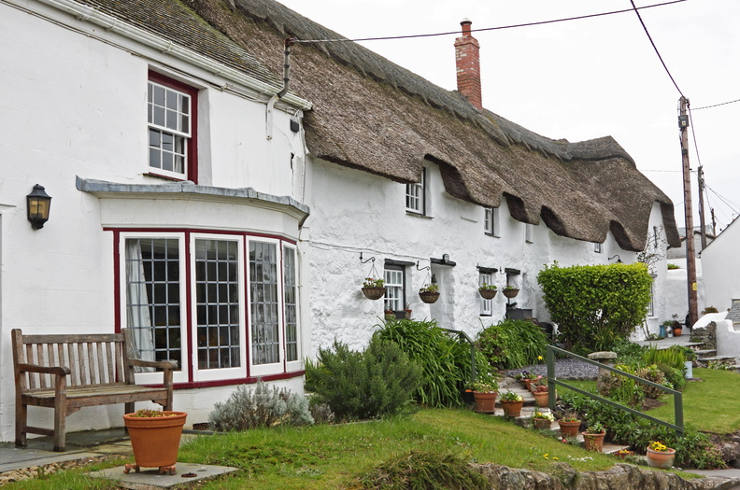
Planning permission can be a long and costly process for homeowners wanting to make changes to their property. However, in the UK, many minor building projects and home improvements can be carried out without needing full planning consent, under what are known as ‘permitted development’ rights. This allows homeowners to make certain alterations or extensions to their houses without the burden of applying for planning permission from their local council.
Whether adding a small rear extension, converting the loft space or building your dream garden shed, permitted development grants the right to undertake select home improvements without onerous paperwork or expenses. However, there are limits and conditions attached to permitted development to consider. Understanding what is allowed under permitted development, and what factors may require full planning applications, is crucial when devising plans.
What is ‘Permitted Development’?
Permitted development is the right to make certain changes to a home without needing to apply for full planning permission. It derives from a general planning permission granted by the UK Parliament under the Town and Country Planning Act 1990, rather than needing approval from the local authority.
There are various home improvements that may fall under permitted development rights, including but not limited to:
- Rear and side extensions, provided the size is within the limits
- Garage conversions
- External rendering and cladding
- Updating windows to double glazed alternatives
- Porch installations
There are limits on the size and height of extensions and outbuildings, and other location rules also apply. As long as the project meets the required standards, planning permission from the local council is not required, however, permitted development rights are more restricted for flats and commercial properties. So, while permitted development grants flexibility, careful checking of the restrictions is required to avoid the need for full planning permission.
What’s Strictly Not Covered by Permitted Developments?
Several updates are immediately off the list, such as major projects like building a brand new property and dividing an existing property into multiple dwellings. Likewise, you can’t extend your home from the front or extend the property over 50% of the original land around your home. Listed and period properties are afforded extra protection, and so typically require permission before you can make changes, as do flats and maisonettes which come with additional restrictions.
Planning permission might seem like an extra hurdle, but it ensures your modifications are legal, safe and considerate of your surroundings. So, do your research, consult professionals and enjoy the satisfaction of transforming your property within the established rules.
Rules and Limits of Permitted Development
Permitted development is far from a free-for-all – these rights come with a multitude of rules and limitations that vary depending on your property type, location and even the materials you choose. Extensions, for example, are a common home improvement project covered by permitted development. However, the size of rear extensions is limited to 3-4 metres, depending on if it’s for terraced or semi-detached homes, or 6 metres for detached homes.
Here are some key aspects to consider:
- Size and scale: Dimensions matter and extensions, in particular, have strict size restrictions based on property type.
- Location: Be mindful of your surroundings. Building within certain protected areas or exceeding specified height limits will almost certainly require planning permission.
- Materials: Don’t assume any old brick and mortar will do. Permitted development often dictates specific materials to ensure the extension blends seamlessly with the existing structure.
- Neighbourly considerations: Your neighbours hold a certain sway, and some extensions require prior consultation to ensure they don’t impinge on their privacy or light access.
If you’re found to be breaking the rules, consequences can range from fines and enforced removal of unauthorised works to court proceedings. It’s always wise to tread carefully and consult with a planning professional before embarking on any significant alterations and have a building survey carried out to ensure your dream project stays within the legal boundaries.
How to Check if a Project is Permitted Development
Homeowners wishing to utilise permitted development rights for a home improvement project should carefully check that their plans meet the requirements. The best way is to contact your local authority’s planning department and discuss your proposals with them.
Many councils offer advisory services to review your plans and confirm whether the project falls within permitted rights – this expert advice can provide reassurance. They’ll inform you if a full planning application is necessary. Alternatively, you can apply for a Lawful Development Certificate which involves submitting an application to your council to legally certify that the proposed works constitute permitted development.
Permitted development rights grant you valuable flexibility to make certain changes to your property. While it doesn’t provide carte blanche for home improvements, understanding where development rights can be advantageous allows homeowners to maximise the opportunities it provides.
If you’re planning on making changes to your property, get in touch with us today for professional advice and expertise on your Permitted Development rights.




